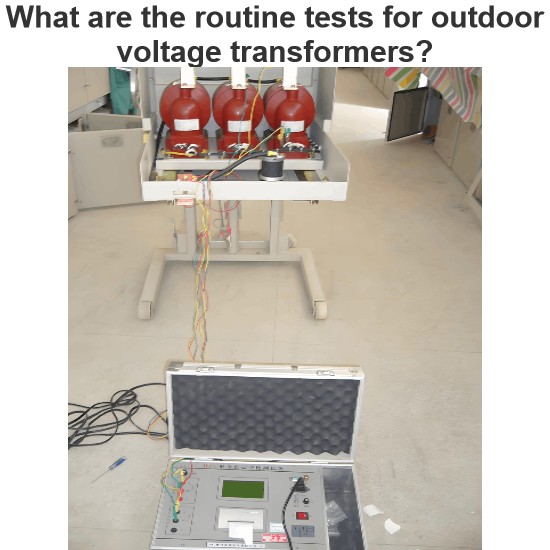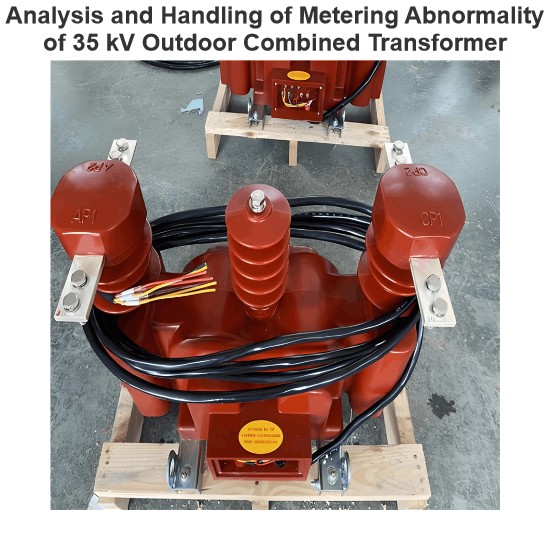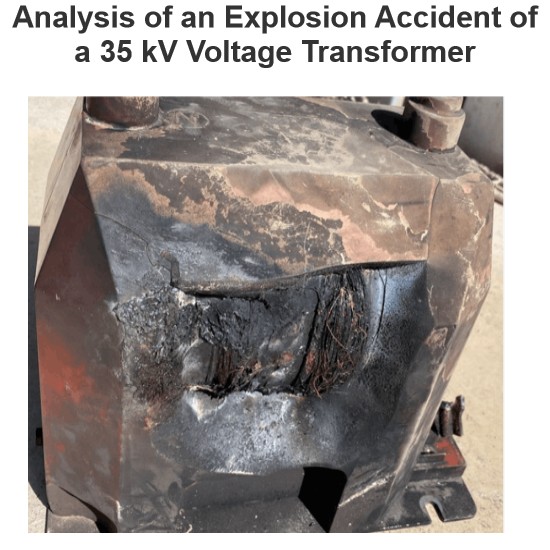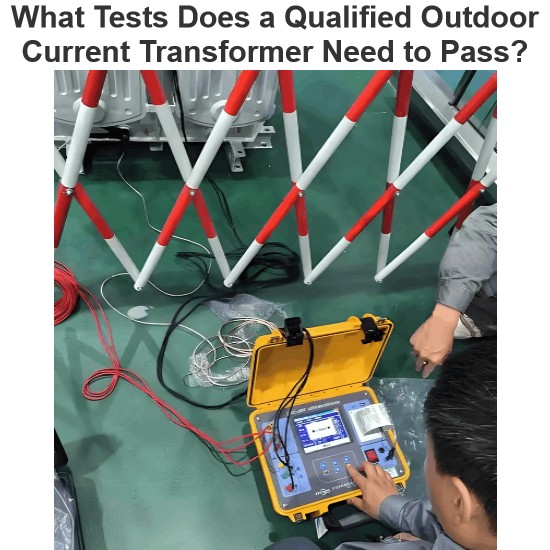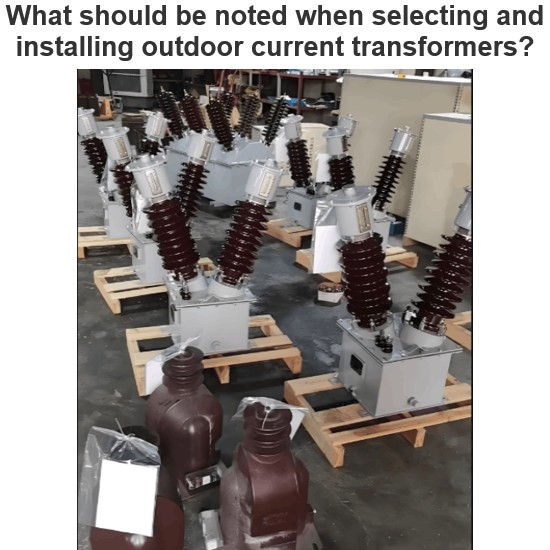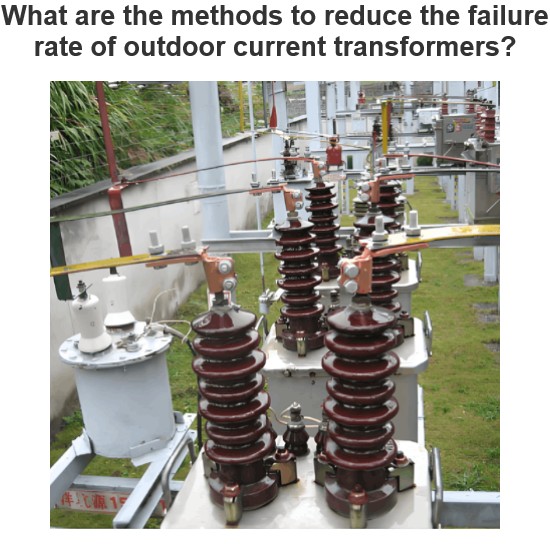| Brand | ROCKWILL |
| Model NO. | DS17 126kV 252kV 363kV 420kV 800kV High voltage disconnect switch |
| Rated voltage | 800kV |
| Rated normal current | 5000A |
| Series | DS17 |
Description:
DSDS17 series disconnector adopts double-column horizontal telescopic structure, mainly composed of base, insulator, conductive system, operating mechanism, etc. The disconnector is operated by CJ11 type motor operating mechanism for opening and closing. The attached ground switch is mainly composed of ground switch system and operating mechanism, and each group of ground switches is operated by a CJ11 motor operating mechanism for opening and closing.
Main Features:
Strong product flow capacity, long mechanical life.
The transmission shaft of the product is made of high quality alloy steel, the outer surface is treated with hot dip galvanizing, and the anti-corrosion ability is strong; The shaft sleeve is made of high-strength engineering plastic, which has good wear resistance and strong anti-corrosion property.
The product adopts a fully sealed structure between the moving contact base and the contact finger, effectively avoiding the intrusion of rain, snow and frost, and has strong waterproof ability.
The contact surface of the product adopts advanced silver plating technology, and the hardness of the silver layer reaches 140HV, which enhances the electrical conductivity and wear resistance of the surface.
Technical parameter
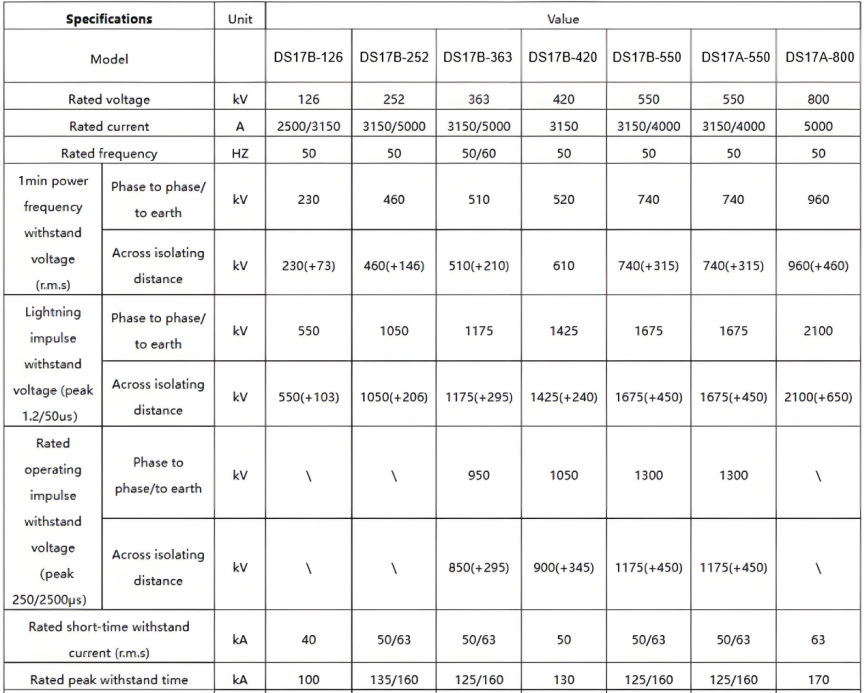
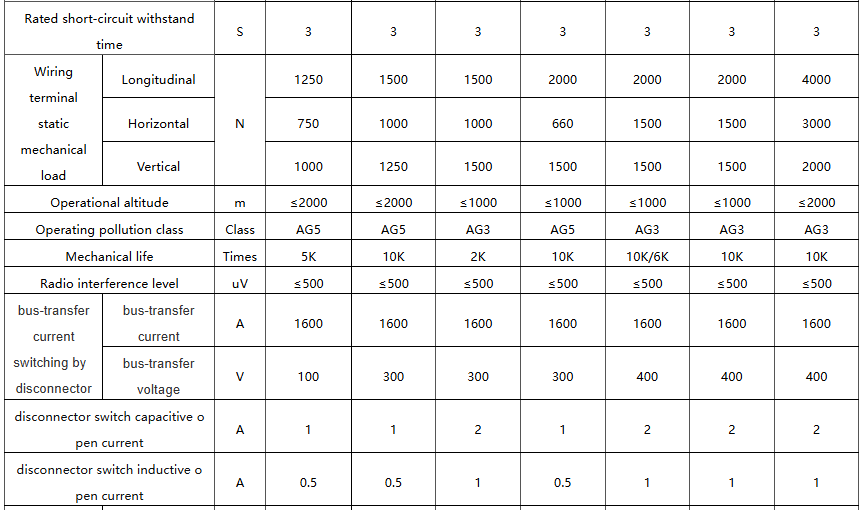
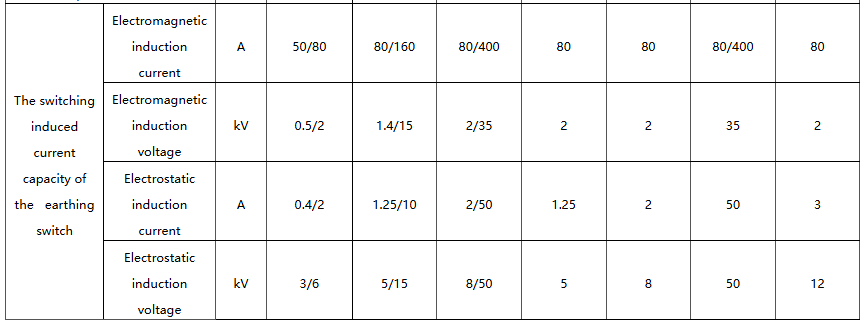
What are the application scenarios of disconnectors?
In substations, isolator switches are essential equipment. They are used to isolate busbars of different voltage levels from lines, transformers, and other equipment. For example, in 110 kV or 220 kV substations, isolator switches are installed at the connection points of incoming lines, outgoing lines, and transformers, playing a crucial role during equipment maintenance and switching operations.
In the distribution systems of industrial enterprises, isolator switches are used to isolate power connections between different workshops and equipment groups. When a particular workshop or equipment group needs maintenance or inspection, the isolator switch can be used to isolate it from the power supply without affecting the normal operation of other workshops or equipment groups. Additionally, in internal power line switching operations within the enterprise, isolator switches can be used in conjunction with other switching devices.
At switching stations and substations where transmission lines connect, isolator switches are installed to manage the connection, disconnection, and maintenance of the lines. For example, on high-voltage transmission line towers, isolator switches can be installed below the insulator strings to facilitate line maintenance and inspection. They can also be used to isolate the lines from the busbars of the substation when necessary.

